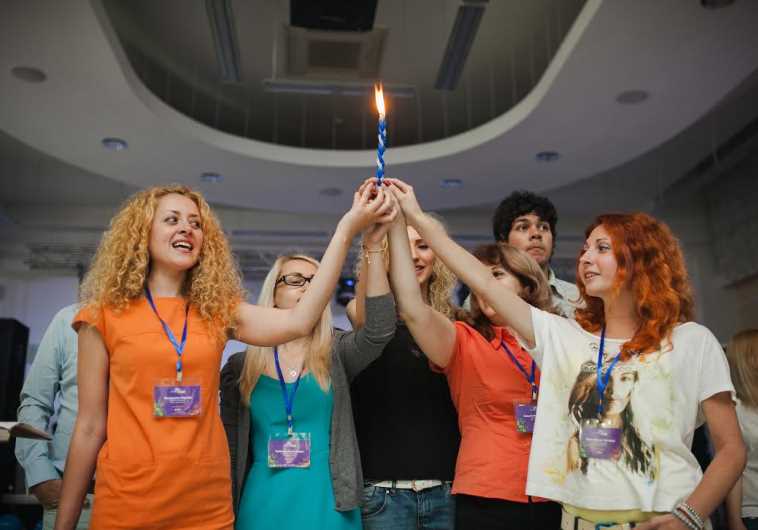Fundamentally Freund: An important lesson in Jewish unity from the Shulchan Aruch
Despite its impact, the "Shulchan Aruch" remains largely unknown to most contemporary Jews.
 MOLDOVIAN JEWS celebrate Shabbat at Limmud FSU conference last year. (photo credit: COURTESY LIMMUD FSU)
MOLDOVIAN JEWS celebrate Shabbat at Limmud FSU conference last year. (photo credit: COURTESY LIMMUD FSU)